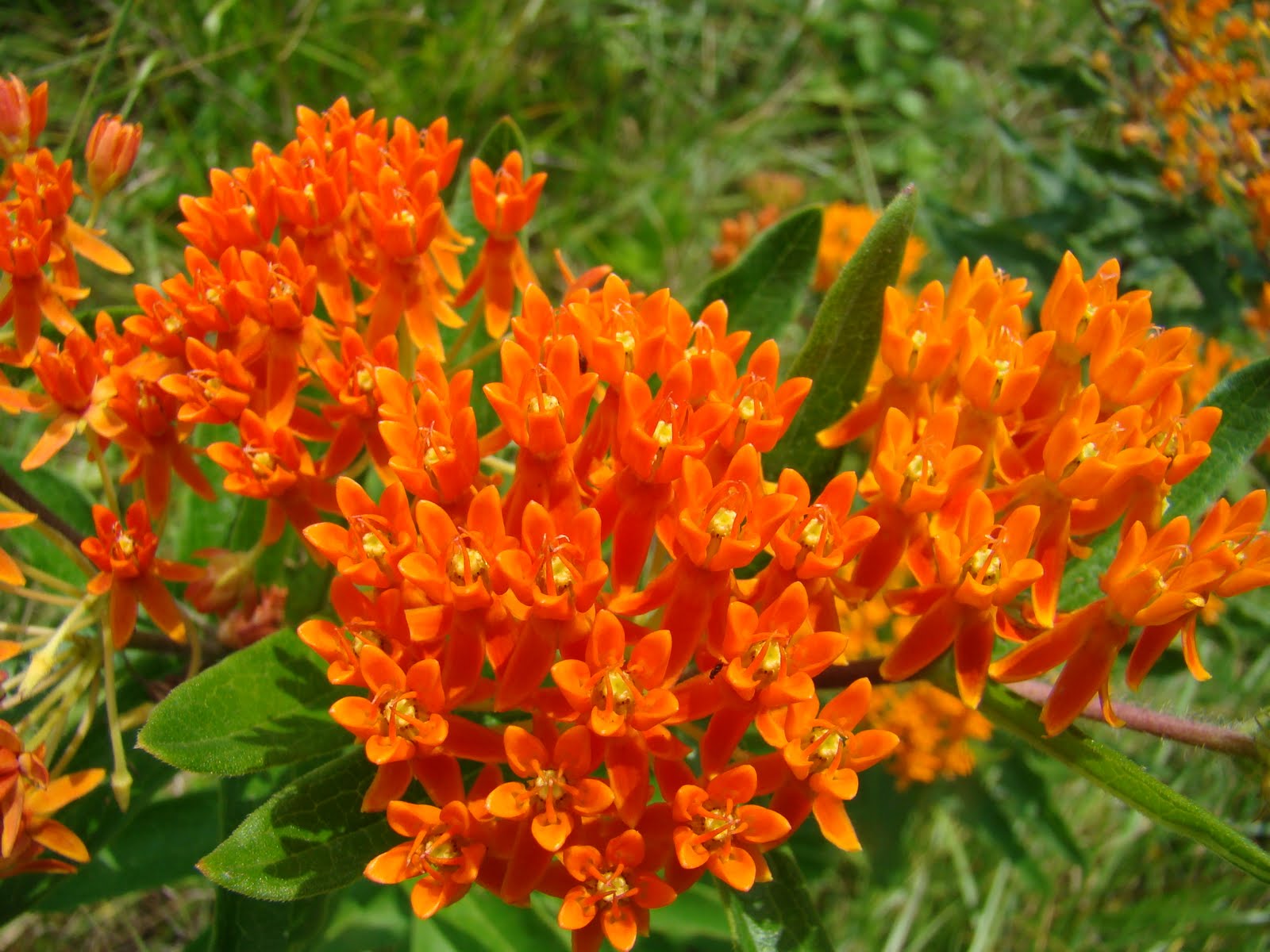Asclepias Tuberosa, commonly known as Butterfly Weed, is a North American native wildflower that is both stunningly beautiful and ecologically significant. This perennial plant has become a popular choice for gardens and natural landscapes due to its vibrant color, hardiness, and value to pollinators. Here’s an in-depth look at Asclepias Tuberosa.
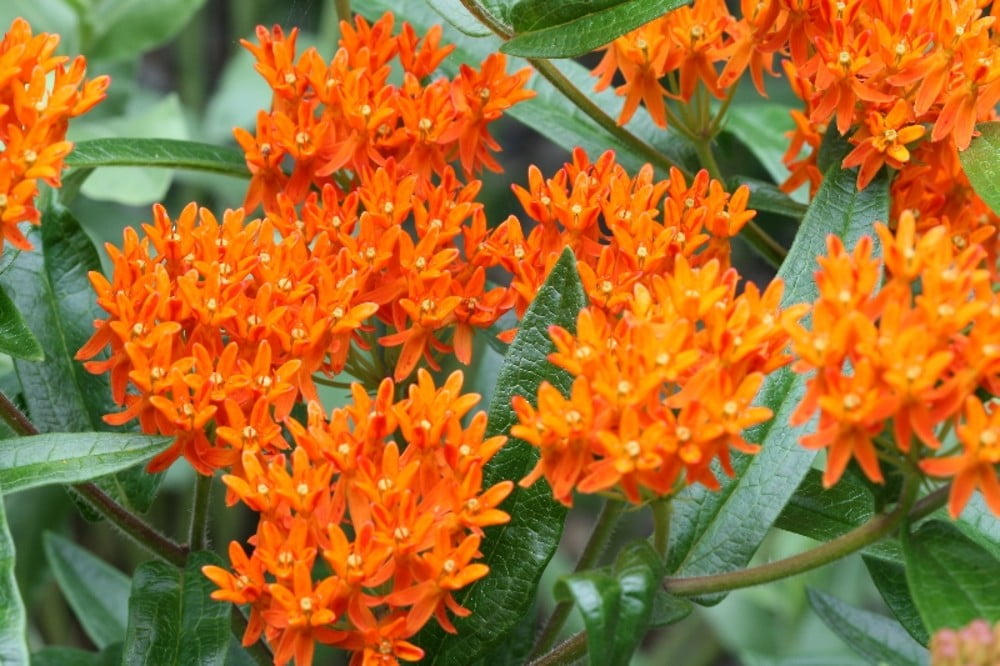
Description
Appearance
Butterfly Weed is a herbaceous perennial that typically grows 1 to 3 feet tall. It has lanceolate leaves that are arranged alternately along the stem. The plant is known for its brilliant orange flowers, although there are variations with yellow or red blooms.
Flowers and Fruits
The flowers are clustered in showy umbels and bloom from early summer to early autumn. Following pollination, the plant produces seed pods that split open to release seeds equipped with silky hairs, enabling them to be carried away by the wind.
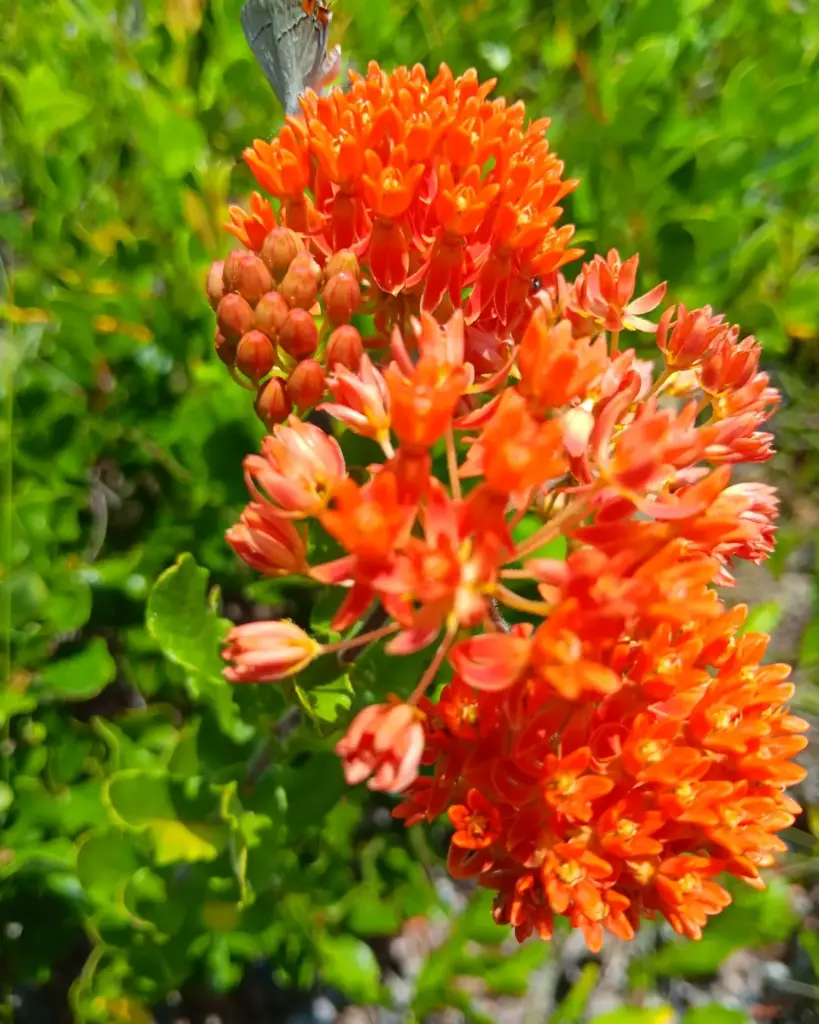
10 Florida-Native “Scrub Tuberosa” (Asclepias Tuberosa) – Free Shipping
Known by its scientific name, “Asclepias Tuberosa,” this type of Milkweed hails from the Lake Wales Ridge and Polk County in Florida. As tough as an oak tree. Florida Native. 10 seeds. Free shipping.
Distribution and Habitat
Asclepias Tuberosa is native to the Eastern and Southern United States and parts of Canada. It is found in a variety of habitats, including prairies, meadows, open woodlands, and roadsides.
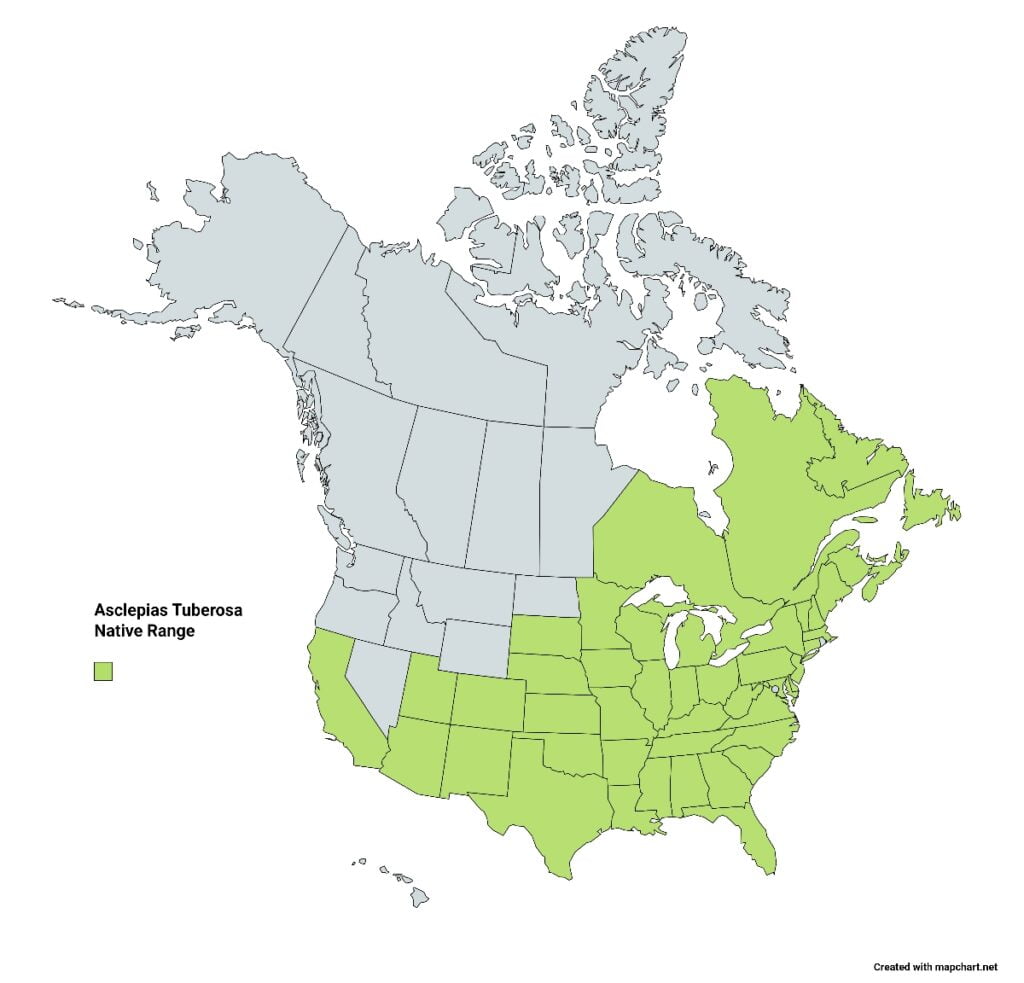
Ecological Importance
Monarch Butterflies
Butterfly Weed is a vital host plant for Monarch butterflies. The caterpillars feed exclusively on milkweed leaves, and the plant’s nectar provides nourishment for adult butterflies.
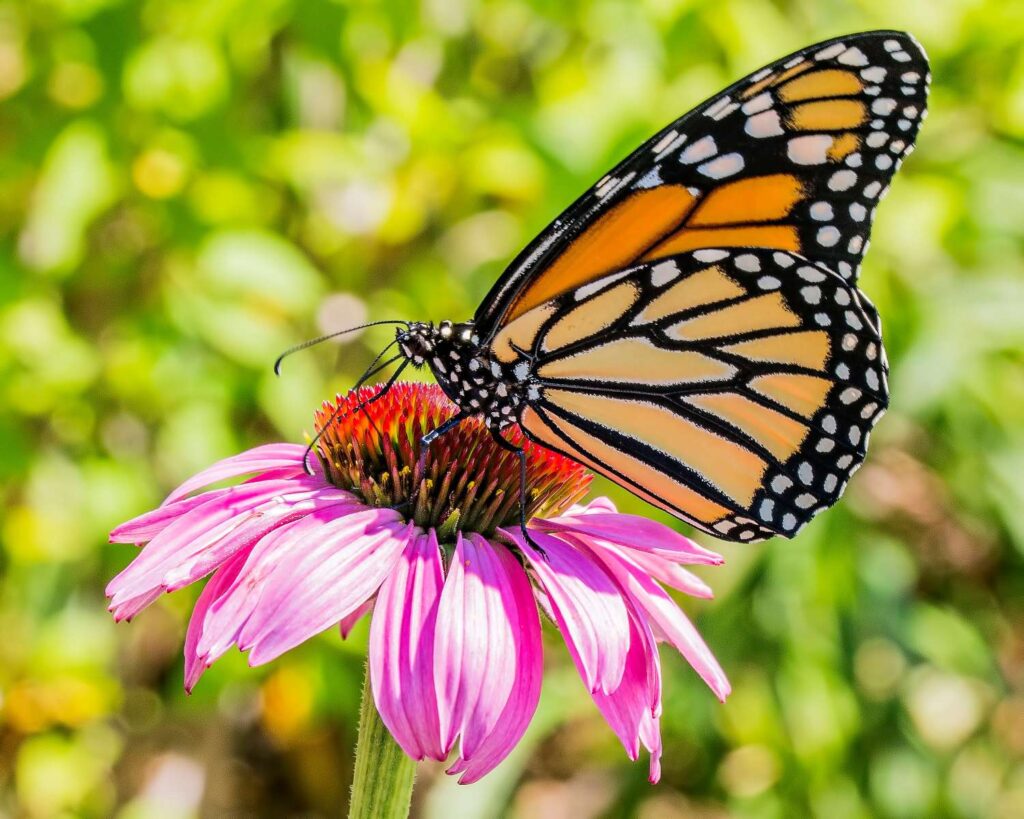
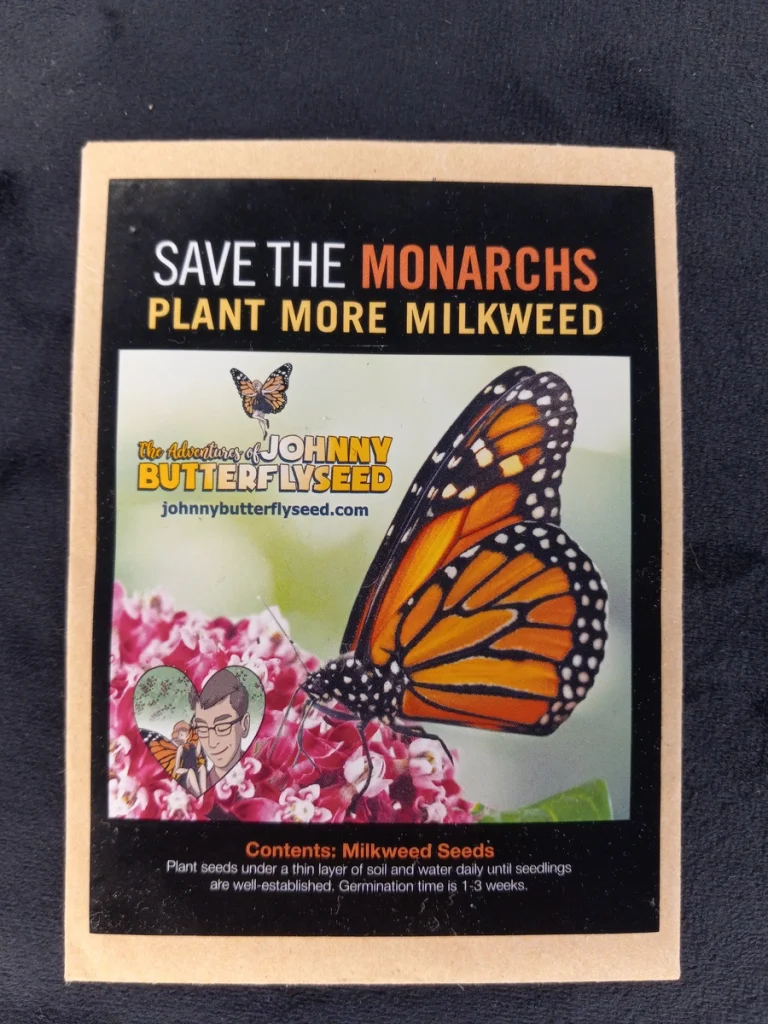
250 Butterfly Milkweed Seeds (Ascslepias Tuberosa) for North America 2023
More than one full gram of Butterfly Milkweed Seeds (Asclepias tuberosa). Attracts Monarchs. Origin Kentucky. USDA Zones 3-8. Free shipping.
Other Pollinators
Besides Monarchs, Butterfly Weed attracts a wide range of pollinators, including bees, hummingbirds, and other butterflies.
Cultivation
Soil and Sun
Asclepias Tuberosa prefers well-drained soil and thrives in full sun. It is drought-tolerant once established and can grow in various soil types, including sandy or rocky soils.
Planting and Care
Butterfly Weed is best grown from seed or transplanted from nursery-grown plants. It requires minimal maintenance and is resistant to most pests and diseases.
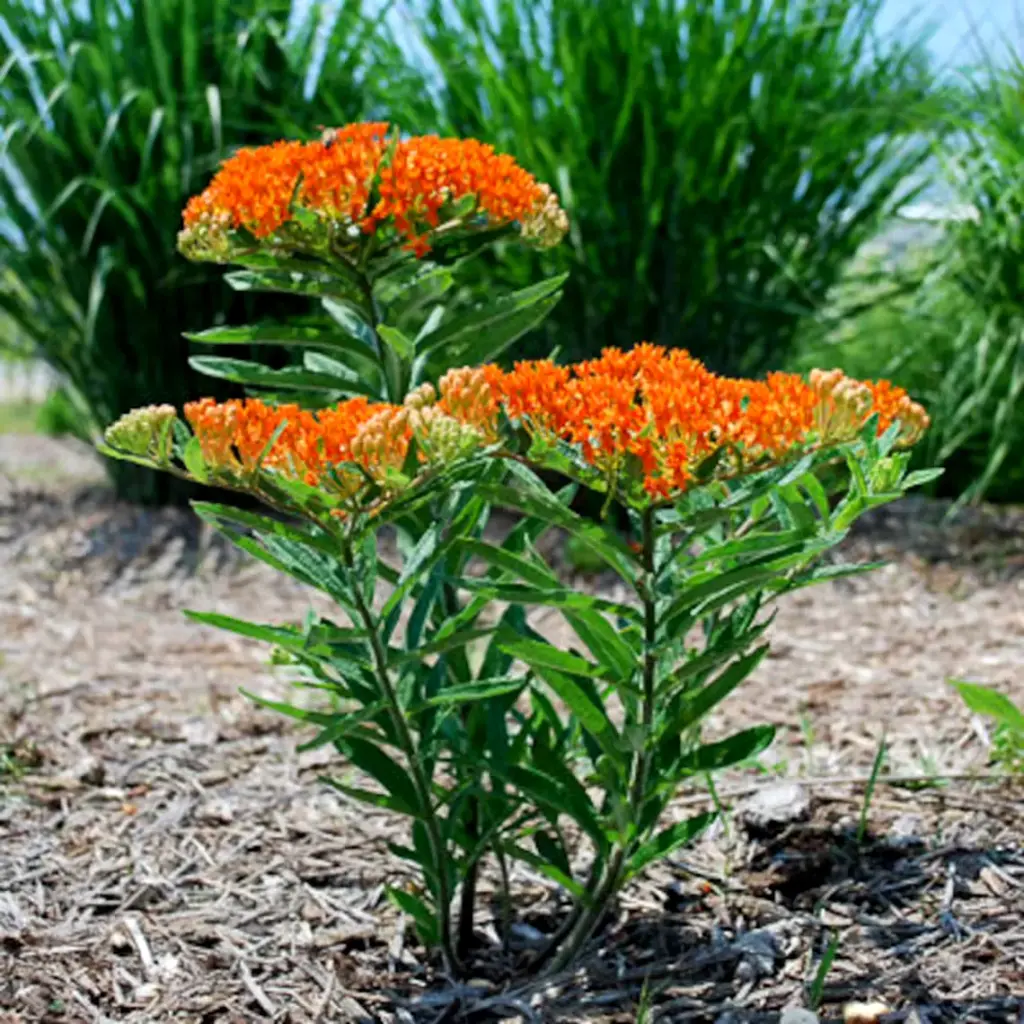
Landscape Use
With its bright colors and upright growth habit, Butterfly Weed makes an excellent addition to perennial borders, butterfly gardens, and native plant landscapes.
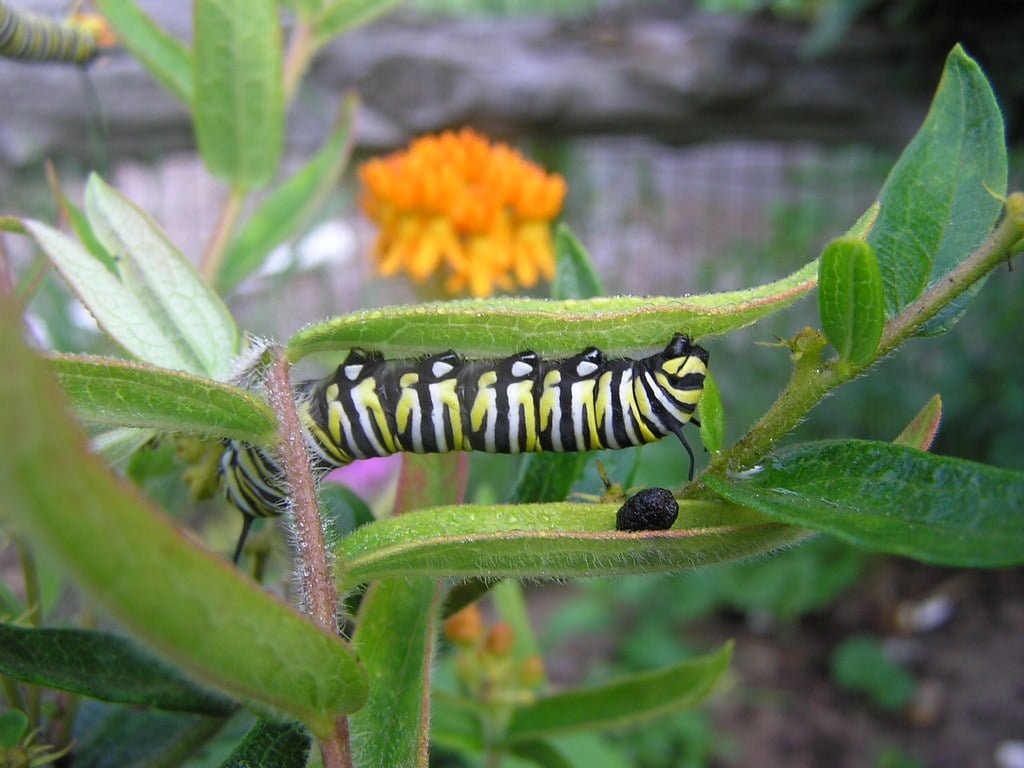
125 Butterfly Milkweed Seeds (Asclepias Tuberosa) for North America 2024 – Free Shipping
More than 600mg of Butterfly Milkweed Seeds (Asclepias tuberosa). Origin Kentucky. Free shipping.
Conservation
While not endangered, Butterfly Weed’s habitat can be threatened by development and agriculture. Planting Butterfly Weed in gardens and participating in habitat restoration projects helps support the larger ecosystem.
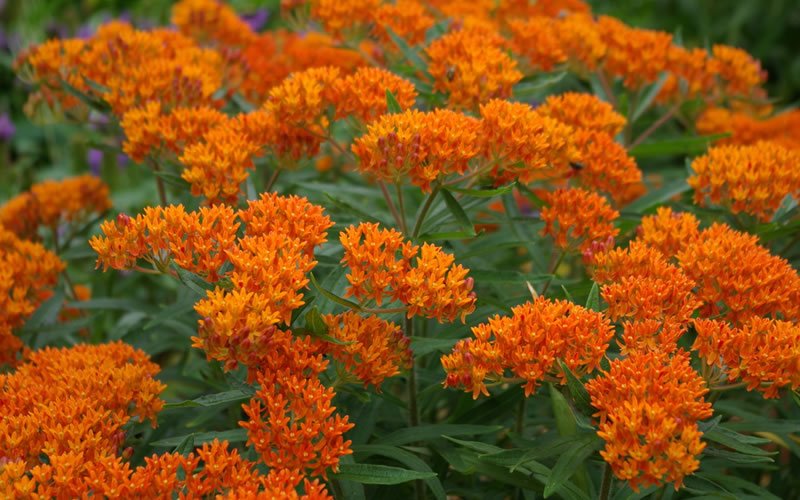
Misnomer: Not a Weed
Despite its common name, Butterfly Weed is hardly a weed at all. Its beauty, ecological value, and ease of cultivation make it a prized plant for gardeners and conservationists.

Milkweed Seed Kit (Single)
Milkweed Seed Kit includes multiple milkweed species, nectar and shelter plant seeds, fairy prints suitable for framing, and more! $21 value at $12
Conclusion
Asclepias Tuberosa, or Butterfly Weed, is more than just a pretty face in the garden. Its role in supporting Monarch butterflies and other pollinators, along with its adaptability and low-maintenance nature, makes it a valuable asset in both cultivated and natural landscapes.

Milkweed Seed Subscription Kit (12 Months Total)
Monthly Milkweed Seed Kit includes multiple milkweed species, nectar and shelter plant seeds, fairy prints suitable for framing, and more!
For those seeking to add a splash of color to their garden, support wildlife, and engage in eco-friendly gardening, Butterfly Weed is an ideal choice. Its vibrant presence not only enhances aesthetic appeal but also contributes to the intricate web of life that sustains our natural world… one day at a time!

The Adventures of Johnny Butterflyseed Author Signed Copy
Save the monarchs!
Johnny Butterflyseed and his fairy friend, Raven Silverwing, embark on a mission to save the rapidly disappearing butterflies. They enlist the help of Queen Venus Goldwing and her kingdom of monarchs to educate and inspire kids to become butterfly farmers. At first, Johnny faces his own internal struggle with self-doubt and fear in his ability to make a difference, but then soon develops a mindset that allows him to not only get started, but also make progress one day at a time. Through challenge after challenge, Johnny learns that he is not alone in his mission and that there are many people who want to help. Together, Johnny, Raven, and Queen Venus educate thousands of children on becoming butterfly farmers.
